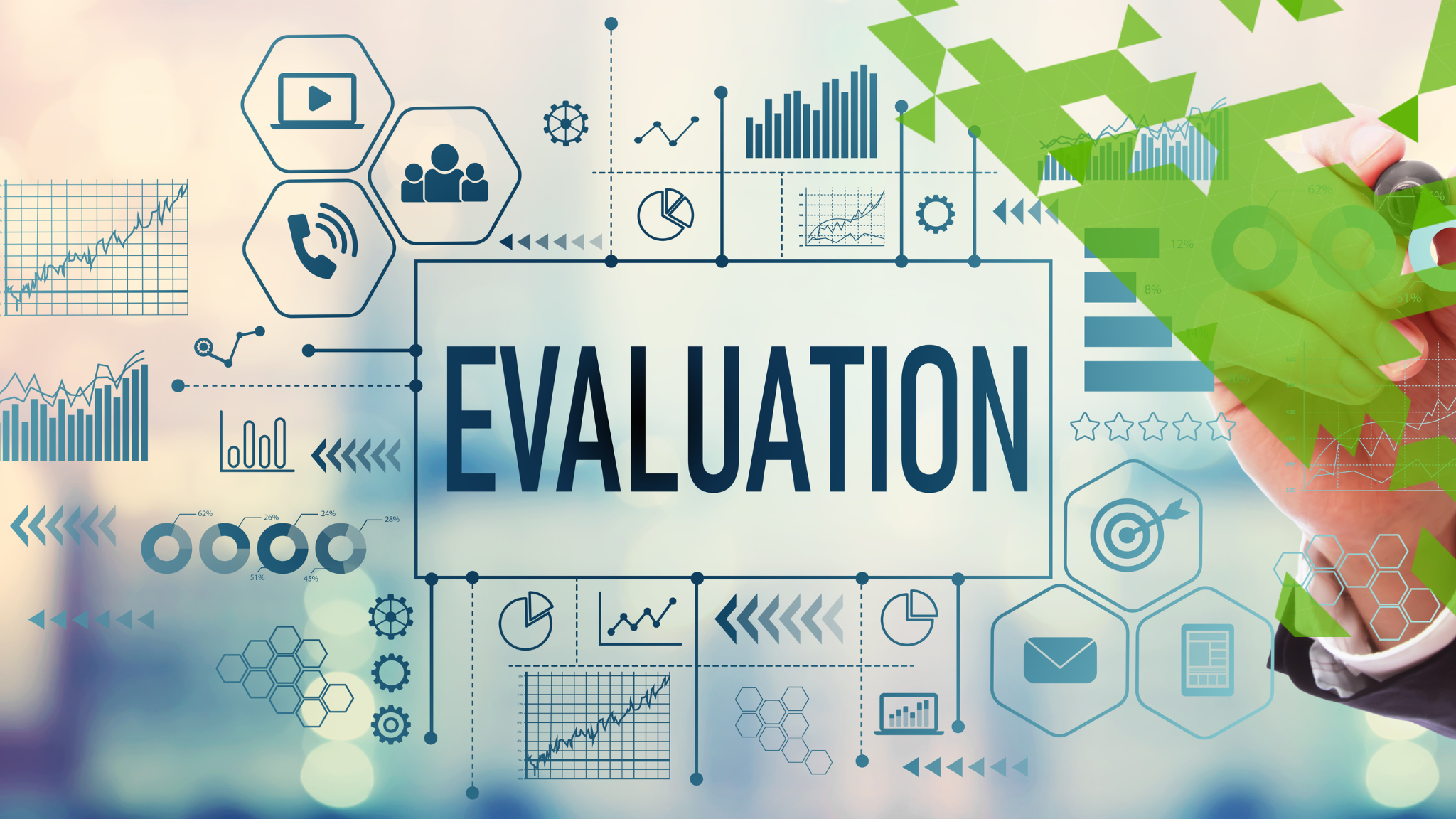
I have some professional history with sponsorship evaluation and valuation. Years ago, a senior executive at my client’s company expressed his strong dislike for the sponsorship I was managing on their behalf. He believed it was a waste of the company’s time and resources. To address his concerns and demonstrate the sponsorship’s value, I suggested that the client conduct a brand impact survey to gauge customer responses influenced by the sponsorship.
“You don’t want to know the results of that survey!” he exclaimed, assuming the outcome would be negative.
“On the contrary, I do,” I replied firmly. “Having the facts gives me the tools to kill, fix, or maintain the sponsorship.”
By that time in my sponsorship career, I appreciated the significance of evaluating and valuing sponsorships, the most powerful tools available to sponsorship managers.
“Sponsorship evaluation” refers to assessing the effectiveness and impact of a sponsorship, while “sponsorship valuation” determines the financial value or worth of a sponsorship opportunity. These processes involve assessing the value and performance of sponsorship assets to make informed decisions that maximize return on investment. It’s not about defending a specific sponsorship but rather about defending success in sponsorship.
Analytical in nature, a sponsorship valuation and sponsorship evaluation can be considerable undertakings. However, the benefits of these tools can be significant. As I’ve steered evaluation and valuation engagements, clients enjoy four powerful benefits.
1. Armed with Objective Data for Negotiations or Renewal
One of the primary benefits of sponsorship evaluation and valuation is the ability to approach negotiations and renewal discussions with objective data. Sponsors and properties often face challenges in determining the fair value of a sponsorship. Without concrete data, negotiations can become subjective, leading to missed opportunities.
By conducting a thorough evaluation, sponsorship managers can gather valuable insights into the performance and impact of their sponsorships. This data-driven approach provides a solid foundation for discussions, ensuring that both parties clearly understand the value being delivered.
In one valuation project, for example, our valuation indicated that our client’s fee exceeded the sponsorship’s value by 11% … a seven-figure differential in the fee. Armed with objective valuation data, sponsors can confidently negotiate fairer deals, while properties can demonstrate the worth of their offerings, leading to more successful and mutually beneficial partnerships.
2. Identify Strong Assets or Underperformers
Another significant advantage of sponsorship evaluation and valuation is the ability to identify strong assets and underperformers within a sponsorship program. Not all sponsorship assets contribute equally to the overall success of a campaign. Some assets may generate substantial brand visibility and engagement, while others may fall short of expectations.
Through systematic evaluation, sponsorship managers can pinpoint which assets deliver the most value and which are underperforming. This knowledge allows them to allocate resources more effectively, focusing on the assets that drive the greatest impact. Additionally, identifying underperforming assets provides an opportunity to reassess and optimize strategies, ensuring that every aspect of the sponsorship program contributes to its success.
3. Identify Unused or Underutilized Assets
In many sponsorship programs, there are assets that remain unused or underutilized, representing untapped potential. Over several evaluation projects, our team has identified unused assets, typically including event spaces, digital platforms, promotional opportunities, or even specific audience segments. Failing to leverage these assets means missing out on valuable opportunities to enhance the sponsorship’s effectiveness.
Sponsorship evaluation and valuation help uncover these hidden gems by providing a comprehensive analysis of all available assets. By identifying unused or underutilized assets, sponsorship managers can develop strategies to activate and maximize their potential. This proactive approach not only increases the overall value of the sponsorship program but also ensures that sponsors receive the full benefit of their investment.
4. Compare the Strength of Properties in the Same Portfolio
For organizations managing multiple sponsorships within the same portfolio, comparing the strengths of different properties is essential. Each property may offer unique advantages and challenges, and understanding their relative strengths allows for better decision-making and resource allocation.
Through detailed evaluation and valuation, sponsorship managers can assess the performance and impact of each property within the portfolio. This comparative analysis provides valuable insights into which properties deliver the highest returns and which may require additional support or adjustments. By leveraging this information, organizations can optimize their sponsorship strategies, ensuring that the strongest properties receive the attention and resources they deserve.
Final Thoughts
Remember that brand impact survey I wanted to field for my client? I did it. It was a mixed bag. Some aspects of the sponsorship worked, and some did not. However, we fixed the weak parts, driving greater value and achieving long-term success. The program just entered its thirty-first year, and it’s still being evaluated and improved.
Whether you are a sponsor looking to maximize your investment or a property seeking to demonstrate your worth, these practices are essential for unlocking the full potential of your sponsorship endeavors.



